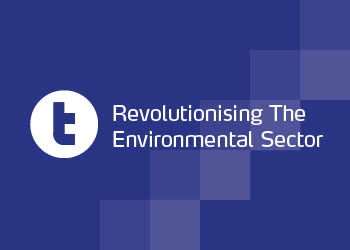Researchers from Loughborough University have developed what it says is the world’s first comprehensive system for separating and recovering useful materials from old footwear.
The system, which has been successfully trialled, is able to granulate and segregate leather, plastic foams and rubber so that they can be reused in products ranging from rubber playground surfacing to new shoes.
It was developed and tested at Loughborough University’s Innovative Manufacturing and Construction Research Centre (IMCRC) whose 10-year research programme was funded by the Engineering and Physical Sciences Research Council (EPSRC).
IMCRC Professor Shahin Rahimifard said: “Footwear is incredibly difficult to recycle as it can contain up to forty different types of material, many of which are stitched or glued together.
“In our process, the first manual step is to pre-sort the shoes into broad types such as trainers, and to recover metals such as eyelets. Next the shoes are automatically shredded and granulated, with the granules automatically separated into four waste streams: leather, foams, rubber and other material.”
Low-cost air-based technologies developed by the project separate the 3-4mm fragments by exploiting their different sizes and weights enabling separation.
From the recovered material stream, leather fibres can be reformed to produce bonded leather sheets, rubber can be used as a running track or playground surfacing product, for some types of rubber it can be put back into new shoes, recycled foams can be used as a flooring underlay, while the other mixed textiles and other lighter residues could be used as a building insulation material.
The team at Loughborough is talking to a recycling company about the process and working with major footwear manufacturers to explore how shoes could be designed differently in future to make them easier to recycle.
It has even developed a computerised tool that advises footwear designers on materials selection and helps them explore whether particular combinations of materials would make recycling harder or easier.
WATCH A VIDEO EXPLAINING HOW THE PROCESS WORKS












